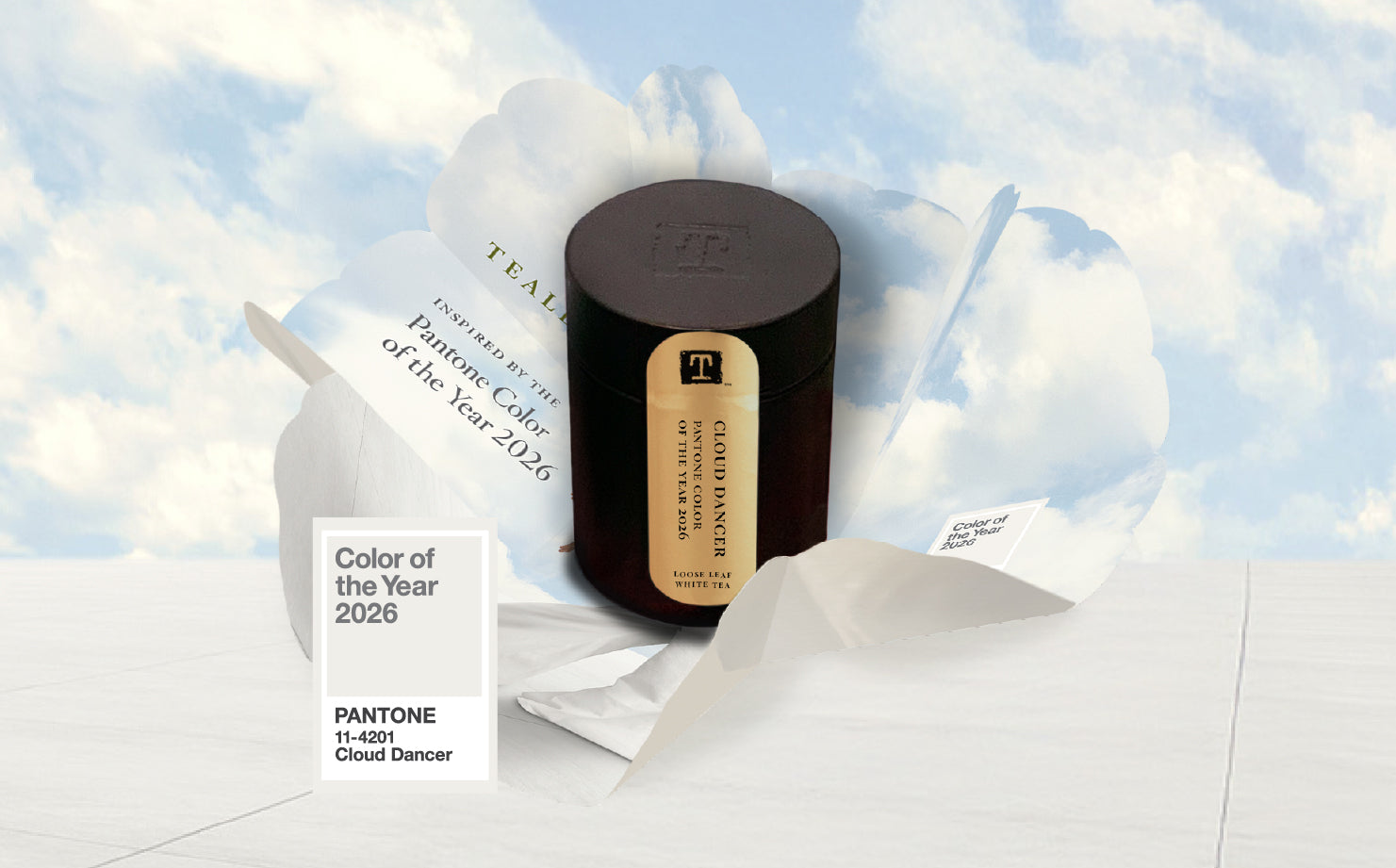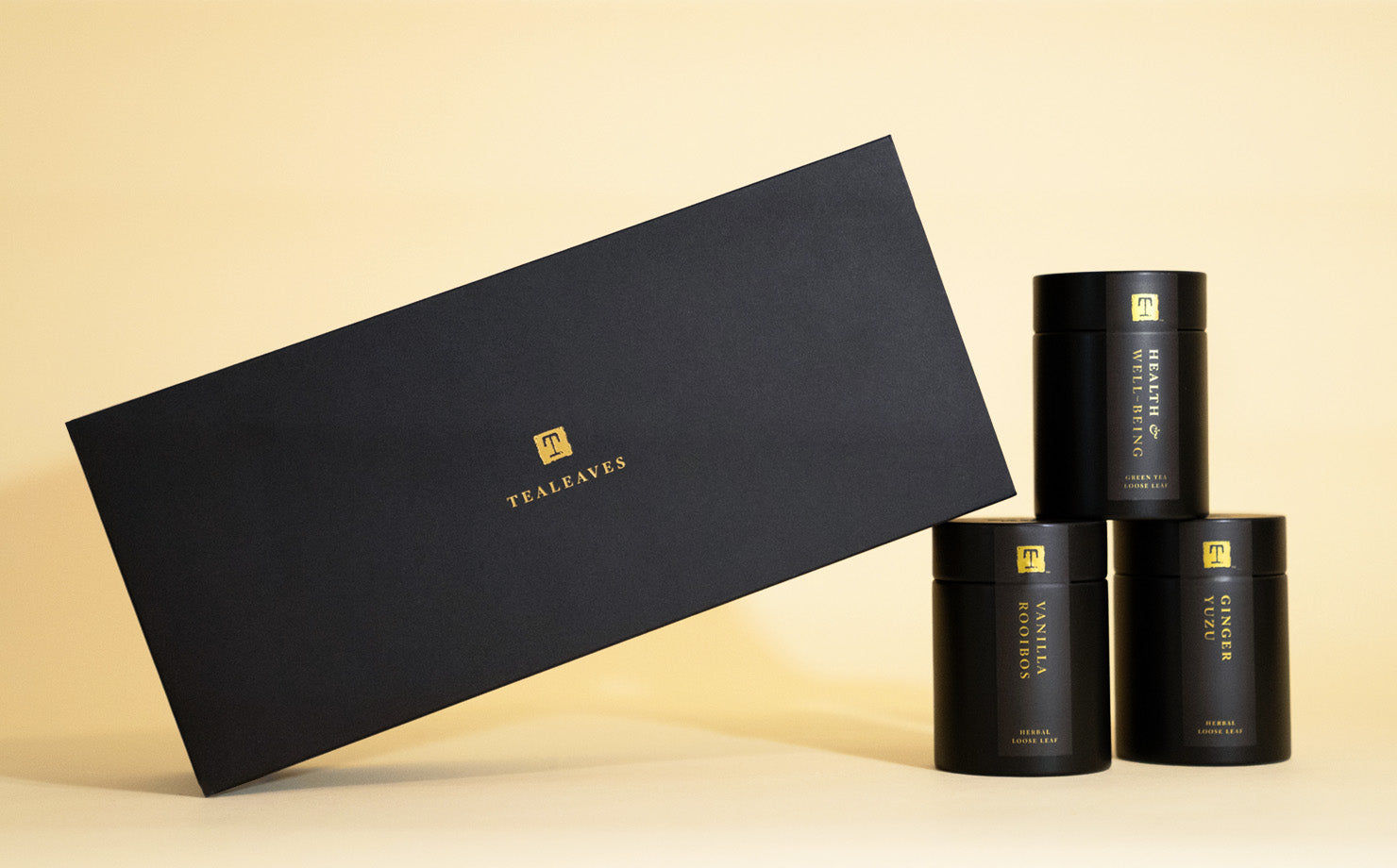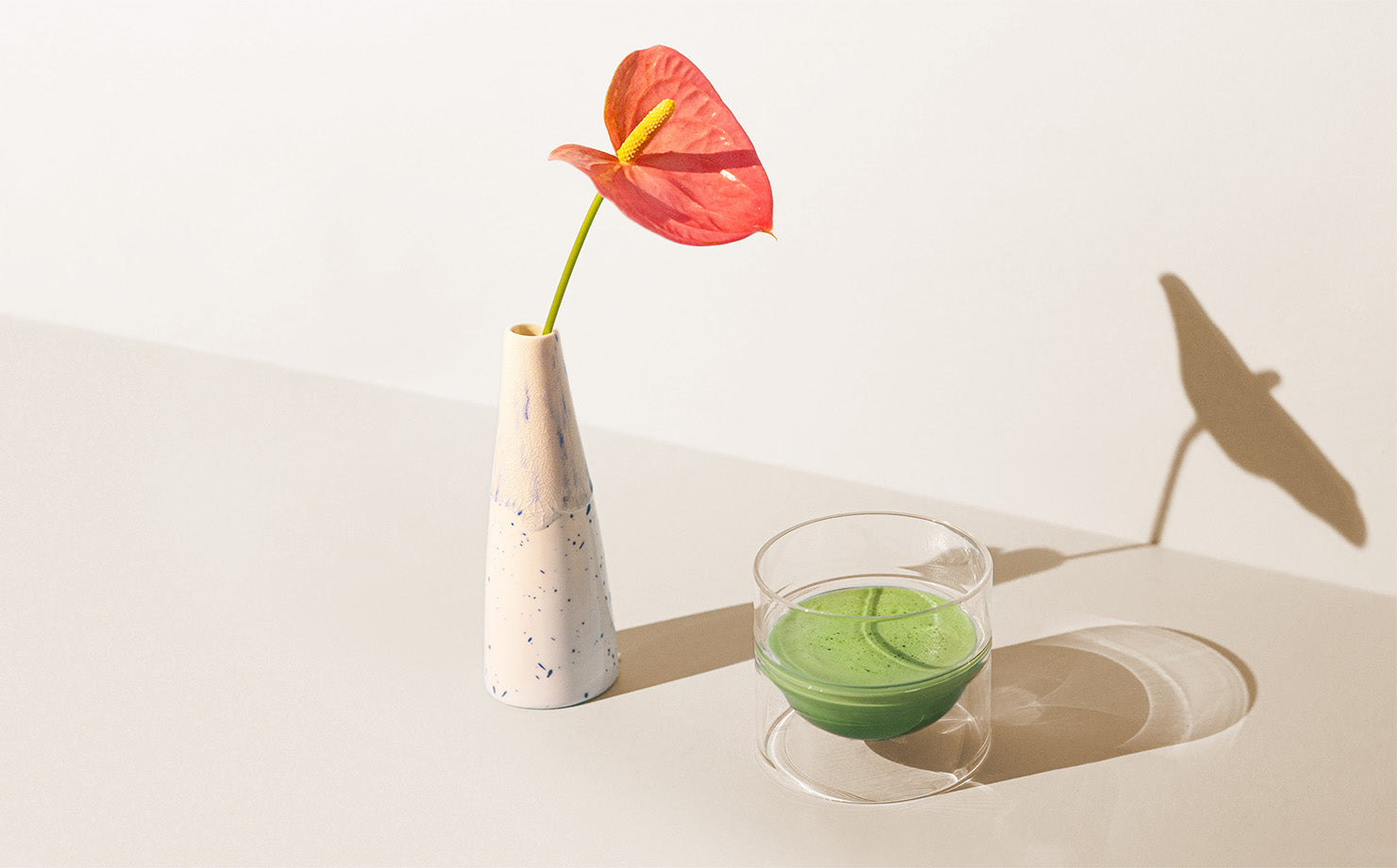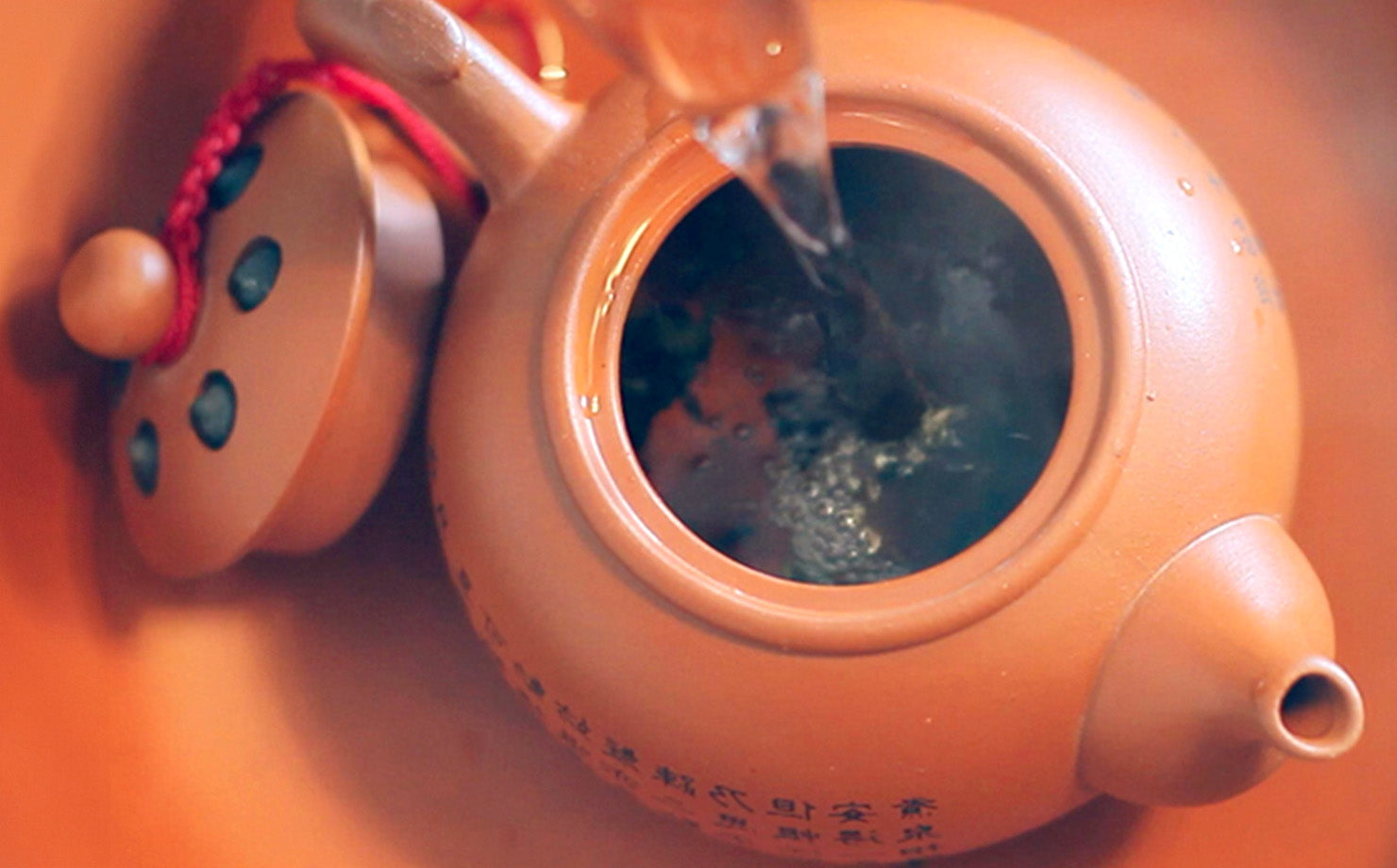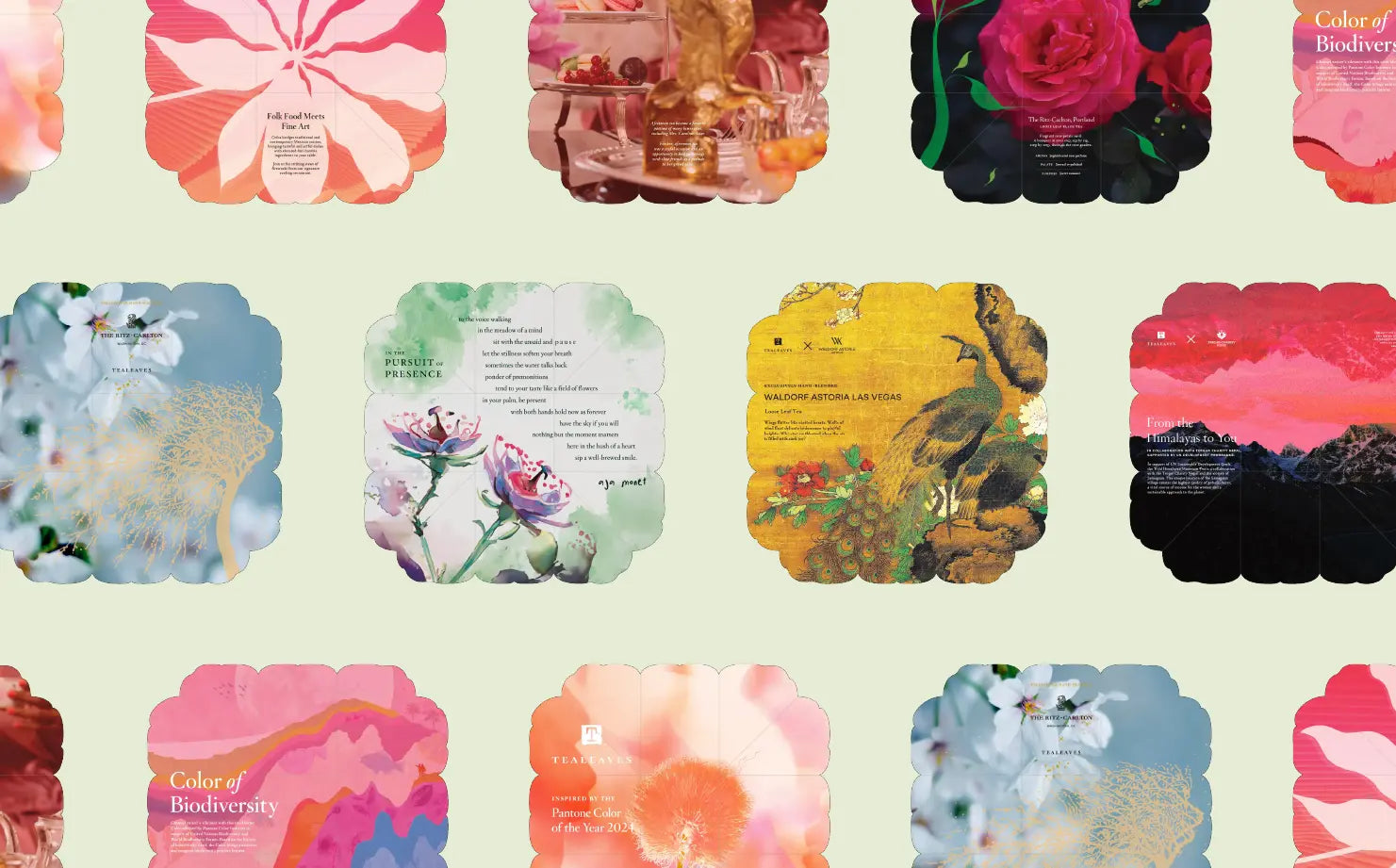Typically confused by the West, “chai” refers to the Hindi word for “tea” and it was derived from “cha”, the Chinese word for tea. The Hindi term means a mix of spices steeped into a tea-like beverage, but recipes for Masala Chai vary across the country depending on cultures, towns, and families. Black tea mixed with robust aromatic spices, like cardamom, cinnamon, cloves, ginger, and black peppercorns, are the classic ingredients traditionally found in this milky sweet cup of Masala Chai.
TEA CULTURE
TEA CULTURE
The History of Masala Chai & How to Make Indian Masala Tea
The History of Masala Chai & How to Make Indian Masala Tea
TEA CULTURE
The History of Masala Chai & How
to Make Indian Masala Tea
TEA CULTURE
The History of Masala Chai & How to Make Indian Masala Tea
From sunrise to sunset, drinking tea is more than a lifestyle in India: it defines its culture, history, traditions, and with its tea varieties it encompasses the vibrancy and complexity of the nation. Indian tea has proven to be a resilient companion to many as it transcends any notion of race, religion, or caste. With more than 100,000 tea estates employing millions of tea workers across the diverse subcontinent of India, tea is so embedded in the fabric of India’s culture that 70 percent of the million or so metric tons of tea it produces is consumed by its own people.
Tea traditions and types vary from region to region, but a withstanding symbol on the streets of any major city or small village are the chai-wallah: a person who prepares, sells, or serves tea on small roadside kiosks or on-the-go. In India, these tea vendors outnumber many chain café establishments. Served in a paper cup or in a “bhad”, the traditional clay cup, this warm companion offers a refuge of peace, reflection and relaxation whether in a bustling outdoor market, a cosy living room, on the side of a dusty village road, or in a five-star hotel lobby.
From sunrise to sunset, drinking tea is more than a lifestyle in India: it defines its culture, history, traditions, and with its tea varieties it encompasses the vibrancy and complexity of the nation. Indian tea has proven to be a resilient companion to many as it transcends any notion of race, religion, or caste. With more than 100,000 tea estates employing millions of tea workers across the diverse subcontinent of India, tea is so embedded in the fabric of India’s culture that 70 percent of the million or so metric tons of tea it produces is consumed by its own people.
Tea traditions and types vary from region to region, but a withstanding symbol on the streets of any major city or small village are the chai-wallah: a person who prepares, sells, or serves tea on small roadside kiosks or on-the-go. In India, these tea vendors outnumber many chain café establishments. Served in a paper cup or in a “bhad”, the traditional clay cup, this warm companion offers a refuge of peace, reflection and relaxation whether in a bustling outdoor market, a cosy living room, on the side of a dusty village road, or in a five-star hotel lobby.
Masala Chai
SIPPING CULTURE
The addition of black tea leaves, milk and sugar were popularized in the mid-1800s by the ruling British, since by cultivating the Camellia sinensis assamica tea plant variety they discovered their desire to mix milk and sugar with the yielding black tea leaves. However, this milky version has very little to do with the origins of Indian chai.
WHAT ARE THE COMPONENTS OF CHAI?
The varieties of Chai in India are as abundant and dynamic as the culture, religions, families, and communities that make India what it is today. There is no one go-to recipe, which makes discovering Chai varieties that much more enticing. Typically you will find the following ingredient categories:
Tea: The Assam & Darjeeling black teas native to India are the most popular options as the chai base. However, you may also find completely herbal blends with no tea leaves or with various types of green teas.
Milk: Often made with buffalo milk in India, but the Western version uses cow’s milk or plant-based dairy alternatives. Some recipes will be steeping a strong chai in water then diluting it with milk while others will be simmering chai spices in a whole pot of milk.
Common sweeteners include white sugar, brown sugar, and honey; but jaggery, an unrefined cane sugar, is a healthy contender used in parts of India and prominent in Ayurvedic cooking.
The spices or the “masala” varies by region, climate, and culture. Readily available are the traditional spices such as cardamom, ginger, cloves, cinnamon, and black peppercorns. Or even vanilla, nutmeg, mace, star anise, or fennel. As chai moved west, bay leaf, all spice, cacao or saffron became frequent players in the Masala Chai.
HOW TO PREPARE A CHAI?
Chai brewed with milk and sugar has been a way of Indian life for many years, while the concept of a chai latte is a Western creation merely gaining popularity a decade ago. TEALEAVES brings you two step-by-step recipes: Chai-inspired unique concoctions or a classic Masala Chai.
As ubiquitous as is the well-loved chai culture in Indian tea, there are three types of tea that dominate the tea landscape in the country: Assam, Darjeeling tea and Nilgiri. Grown in tropical jungles, vertical mountain ranges, or alpine forests, their crop diversity is abundant, impacting the flavor notes and the strength of each tea.
Assam
GEOGRAPHY
A large tropical river valley, the state of Assam in northeastern India is home to the world’s largest tea-growing regions by production thanks to its strategic location: it lies on either side of the Brahmaputra River, one of the longest in the world.
This mighty currant of water is accountable for the birth of the Assamese civilization as it has provided their communities with life to cultivate and grow throughout the decades. Its water descends down the center of the region from Tibet and sustains the tea gardens’ fertile plains. The southern part of Assam sits in a valley and is enveloped by rolling lush green hills with the Himalayan mountains as a backdrop, keeping the region hot and humid, and trapping the river water to produce healthy and vast tea gardens.
GEOGRAPHY
A large tropical river valley, the state of Assam in northeastern India is home to the world’s largest tea-growing regions by production thanks to its strategic location: it lies on either side of the Brahmaputra River, one of the longest in the world.
This mighty currant of water is accountable for the birth of the Assamese civilization as it has provided their communities with life to cultivate and grow throughout the decades. Its water descends down the center of the region from Tibet and sustains the tea gardens’ fertile plains. The southern part of Assam sits in a valley and is enveloped by rolling lush green hills with the Himalayan mountains as a backdrop, keeping the region hot and humid, and trapping the river water to produce healthy and vast tea gardens.
HISTORY
Tribal populations in India have long enjoyed these tea leaves with a hot cup of water and they deemed the leaves as valuable, so they traded leaves for other goods. However, further exposure of these tea leaves in the trade market didn’t happen until a young Scottish explorer, Robert Bruce, encountered the leaves. Intrigued by tribal practices, Bruce met a local tribal chief and arranged to procure the leaves for scientific research. In 1815, the native tea plant was deemed as ‘discovered’. Before the British were solely relying on China for their tea and with their timely discovery of Assam leaves their trade-industry flourished. The leaves were originally hand-rolled and slowly fired over coals until the late 1870s when the English had invented machinery to speed up tea processing. This technological advancement moved them towards the future, surpassing Chinese tea production.
A WIDESPREAD SIPPING CULTURE
The region is known for its bold-flavored production of black tea. With the formation of Tea Board India, the tea was nationally bolstered: its popularity and consumption increased two-fold with North Indians adding milk to the brew and South Indians adding their own spice concoctions to the infusion. Either sipped on simply black or mixed with milk & sugar, Assam-based recipes are abound in India and worldwide, and the leaves are often showcased in British breakfast tea blends.
A WIDESPREAD SIPPING CULTURE
The region is known for its bold-flavored production of black tea. With the formation of Tea Board India, the tea was nationally bolstered: its popularity and consumption increased two-fold with North Indians adding milk to the brew and South Indians adding their own spice concoctions to the infusion. Either sipped on simply black or mixed with milk & sugar, Assam-based recipes are abound in India and worldwide, and the leaves are often showcased in British breakfast tea blends.
PRODUCTION
The region’s tropical weather fuels a hearty tea bush that is known for producing thick and lush plants with large, abundant leaves, harvested twice during a season. The processed leaves produce a characteristically strong, full-bodies, and malty rich tea. The harvests are known as “flushes” and the “flush” breakdown is the following:
- First flush: Picked during early Spring and produces the more delicate teas
- Second flush: Picked during mid-summer and produces the mature full-bodied “tippy” teas (these leaves are more copper-like in color and covered with a fine delicate hair)
Assam produces the majority of India's total tea output.
Darjeeling
YOUR INNER TEA SOMMELIER
Often dubbed the “Champagne” of teas for their fickle nature as their crops vary year to year depending on weather and soil conditions, Darjeeling tea is often enjoyed and even critiqued batch-by-batch similar to a fine wine-tasting. Known as one of the world’s finest black teas, Darjeeling tea should be sipped according to the tea makers’ specific brewing instructions to enhance the flavor-nuances and appreciation of artisanal production techniques. Less nuanced Darjeeling tea such as the “monsoon flush” may be used in some Indian households as a base for Masala Chai, but still a rarity in comparison to Assam.
YOUR INNER TEA SOMMELIER
Often dubbed the “Champagne” of teas for their fickle nature as their crops vary year to year depending on weather and soil conditions, Darjeeling tea is often enjoyed and even critiqued batch-by-batch similar to a fine wine-tasting. Known as one of the world’s finest black teas, Darjeeling tea should be sipped according to the tea makers’ specific brewing instructions to enhance the flavor-nuances and appreciation of artisanal production techniques. Less nuanced Darjeeling tea such as the “monsoon flush” may be used in some Indian households as a base for Masala Chai, but still a rarity in comparison to Assam.
GEOGRAPHY
Located in eastern India in the state of West Bengal, Darjeeling’s elevation range between 2,000- 7,000 feet spread across hills, valley, mountain ranges, and alpine forests, attest to the dynamic nature of flavor-notes yielded from this exclusive tea plant. Due to radical elevation changes and challenging geography there are many microclimates throughout Darjeeling, from cool misty winds to subtropical forest humidity making the tea inaccessible and more desirable.
PRODUCTION
With a vast range of bush planting locations, harvest season is a longer period of time running from February to November. The several seasonal “flushes” are:
- First flush: Picked in February and March, these early leaves are usually delicate and have a light, floral, and astringent flavor.
- Second flush: Picked in May, these leaves are known for their full-bodied, muscatel, and fruity flavor.
- Monsoon flush: Picked from June through October, these leaves brew a stronger color and bolder flavor that is less nuanced.
- Autumnal flush: Picked in October and November, these leaves brew a full and smooth flavor and emulates a rich copper-colored liquor.



